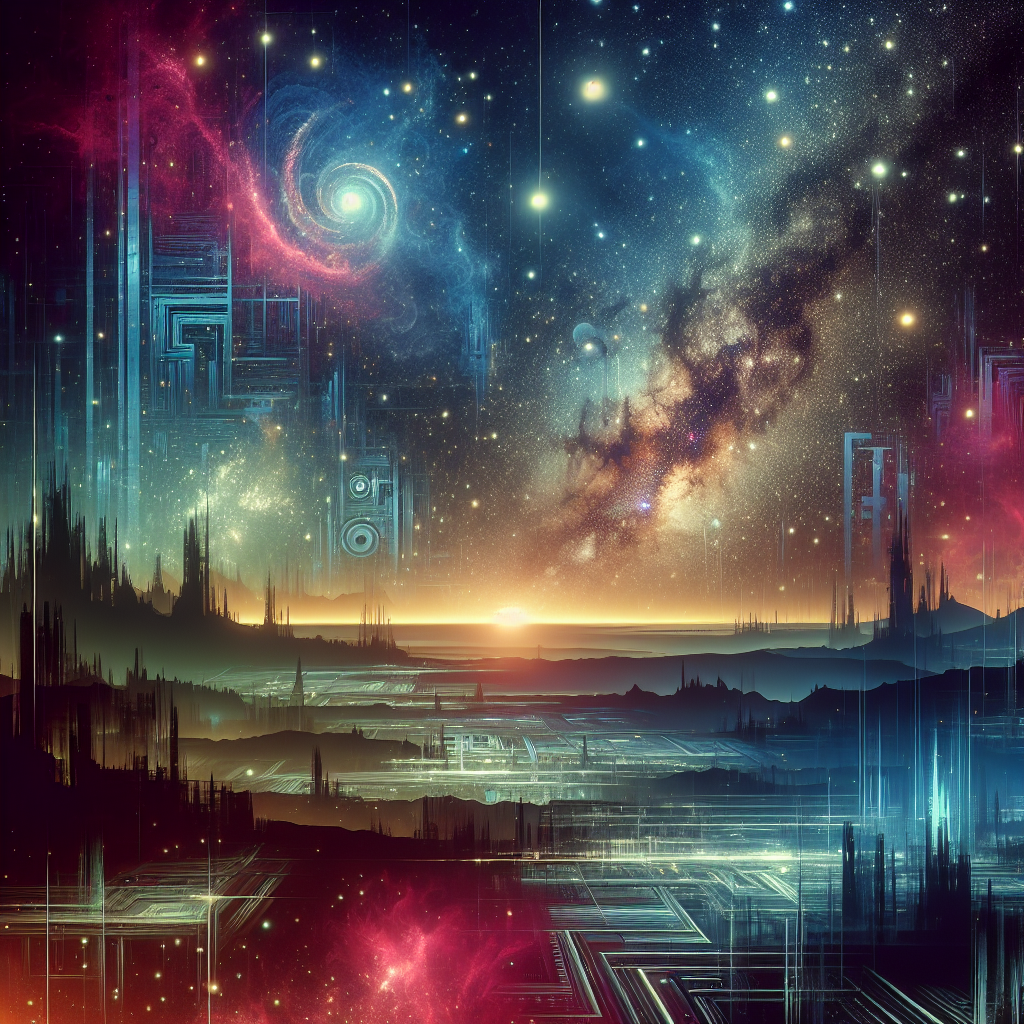The Hidden Truth Behind Ancient Alien Civilizations
The Origins of the Ancient Astronaut Theory
The ancient astronaut theory posits that extraterrestrial beings visited Earth in the distant past and influenced human civilization, culture, and technological advancements. This theory gained traction in the 20th century, largely due to Erich von Däniken’s book, “Chariots of the Gods?” first published in 1968. Von Däniken and others argued that ancient texts, structures, and artworks are evidence of these visits, prompting discussions and debates among historians, archaeologists, and enthusiasts.
Key Evidence and Interpretations
- Ancient Texts and Myths
Many ancient cultures have myths that recount gods descending from the heavens. For instance, the Sumerian text, the Epic of Gilgamesh, speaks of beings known as the Anunnaki—deities believed to have come from the sky. Similarly, Hindu texts describe the “Vimana,” which were flying machines said to belong to gods. These narratives often suggest a divine interaction that some interpret as extraterrestrial contact. Critics argue that these stories are allegorical or symbolic, rather than literal accounts.
- Pyramids and Megalithic Structures
Monumental architectures, such as the Pyramids of Giza and Stonehenge, have long been subjects of speculation regarding their construction methods. Some proponents of the ancient astronaut theory suggest that advanced technologies, possibly derived from extraterrestrial beings, facilitated the construction of these massive structures. The precision in the layout and alignment of these structures points to advanced knowledge of astronomy and engineering. Skeptics maintain that these feats are achievable through human ingenuity and labor.
- Nazca Lines
The Nazca Lines in Peru are enormous geoglyphs etched into the ground, depicting various animals and shapes visible only from the air. The purpose of these designs remains unclear, which has led some to hypothesize that they were created as landing strips for alien spacecraft. Supporters argue that the scale and visibility from the sky indicate a need for aerial knowledge, possibly imparted by visitors from another world.
- Art and Statues
Various ancient artworks depict figures that some theorists suggest resemble modern concepts of aliens. The elongated head statues of the Olmecs and the so-called “ancient astronaut” imagery found in various artifacts raise questions about the influences behind these representations. Examining the artistic interpretations of beings not native to Earth opens fascinating discussions about the potential for external influences in the artistic expressions of ancient civilizations.
Ancient Civilizations and Technology
- Sumerians and Advanced Knowledge
The Sumerians are often credited with developing writing, mathematics, and urban civilization. The notion that their advancements could have stemmed from extraterrestrial influence is a provocative thought. Artefacts such as the “Sumerian King List,” which details kings living for hundreds of years, imply extraordinary wisdom and longevity potentially granted by alien sources.
- Advanced Astronomy in Ancient Cultures
Cultures, such as the Mayans and Egyptians, had profound knowledge of astronomy and timekeeping. The Mayan calendar, which is incredibly intricate, aligns with celestial events in ways that seem too sophisticated for the technology available at the time. Some theorists propose that such astronomical precision might have been influenced by contact with technologically advanced extraterrestrial civilizations.
- Technologies Beyond Their Time
Artifacts like the Antikythera mechanism, an ancient Greek analogue computer, showcase a level of technological sophistication that is often surprising given its age. The complexity of such devices leads some to speculate whether knowledge was shared by extraterrestrial visitors. That said, these artifacts can also be seen as a testament to the capabilities of human innovation.
Cultural Impact and Modern Interpretations
- Media Representation
The influence of ancient aliens continues in popular culture, reinforced by television shows like “Ancient Aliens.” These programs analyze evidence based on the ancient astronaut hypothesis, blending fact with speculation to create an engaging narrative. This representation has captured the imagination of many, often blurring the lines between legitimate historical inquiry and sensationalism.
- Skepticism and Counterarguments
While the ancient astronaut theory has its proponents, it also attracts significant skepticism. Historians and archaeologists emphasize the importance of evaluating evidence through archaeological methods and historical context. Critics argue that attributing ancient achievements to extraterrestrial influence undermines human resilience and capability. This debate mirrors broader discussions about human progress and the origins of knowledge.
- The Role of Archaeology
Archaeology plays a crucial role in evaluating the claims of ancient aliens. With ongoing excavations and discoveries, new insights into ancient civilizations reveal their complexities and capabilities. The advancement of technology, including Lidar scanning and DNA analysis, helps to uncover historical truths that were previously unknown. As a result, the ongoing dialogue between ancient astronaut theorists and archaeologists remains dynamic.
Future Directions in Research
The subject of ancient aliens remains a contentious and polarizing topic in academia. Analysts call for more interdisciplinary approaches that combine archaeology, anthropology, and astronomy to explore cultural heritage through various lenses. As research methodologies continue to evolve, scholars remain open to various interpretations while grounding their findings in evidence-based practices.
The mysteries surrounding ancient civilizations continue to inspire curiosity and debate. Whether or not extraterrestrial visitors played a role in shaping human history remains unresolved. Nonetheless, the pursuit of knowledge—from ancient texts to modern technology—continues to unveil new perspectives on our past, prompting both wonder and skepticism about the hidden truths behind ancient alien civilizations. Each exploration brings us closer to understanding our own history and its relationship with the cosmos.















Leave a Reply